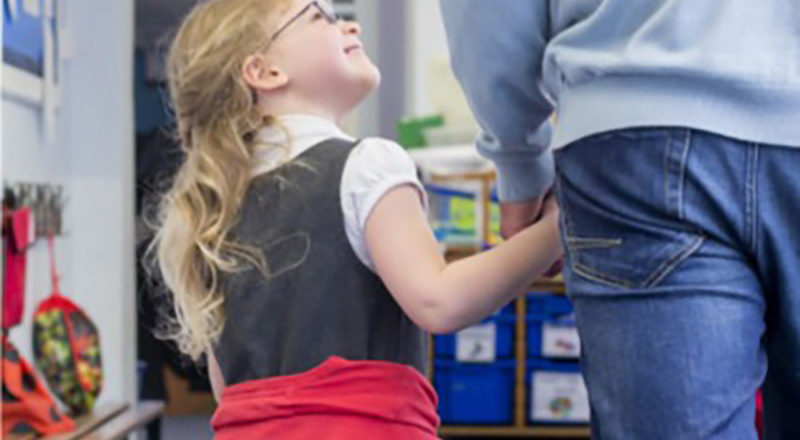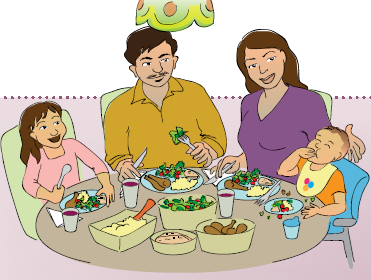Gentle Transitions: Signs Reminding Parents Are Everywhere
 As the days grow shorter, the signs suddenly appear everywhere: pre-packaged foods, back-to-school merchandise, fall clothing, Halloween costumes and pumpkins. Every year, online, print and television advertisers bombard parents and families with over-the-top messages that signal the transition from summer to fall.
As the days grow shorter, the signs suddenly appear everywhere: pre-packaged foods, back-to-school merchandise, fall clothing, Halloween costumes and pumpkins. Every year, online, print and television advertisers bombard parents and families with over-the-top messages that signal the transition from summer to fall.
However, teachers and providers know that change can be stressful and challenging for families.
What are transitions?
Transitions mean change. It can be unpredictable and difficult to navigate. Change is emotional for many people, especially children transitioning to a new community, program or school. For example, children move from a structured environment to one that requires more independence. Families accustomed to full-day care struggle to find additional coverage. The process of change can be a tough adjustment for the little ones and families. The good news is that transitions are nothing new. In other words, many families and educators have experienced it before and can help navigate the process. In addition, there are several strategies to facilitate transitions effectively.

How can families adjust to transitions?
Before taking on any transition, take a moment and breathe. Start early by planning for the change before it occurs. Do some research and learn how to navigate the process. For example, if transitioning to a new school, go on a site visit. Try to arrange a meeting with the principal or teachers. Talk to family, friends, neighbors and colleagues about their experiences. Read helpful guides such as Preparing a School-Ready Child, Understanding Transitions and Navigating the Transition to Kindergarten and School-Age Care. Also, check out these helpful tips:
- Prepare children. Discuss the details with them. Knowing what to expect will help decrease their fears.
- Be supportive. Answer any questions children might have openly and honestly. Provide real-world examples whenever possible.
- Keep children away from scary situations. Horror movies, suspense and thriller TV series and some video games encourage fear. Transitions require bravery.
- Limit conversations about your own worries. Try being as optimistic as possible about any upcoming changes.
How can educators support families in transition?
Goal Five of the Maryland Early Childhood Family Engagement Framework: Family engagement initiatives should support families through the care and education transitions of early childhood. Effective leadership is essential to ensure transition strategies are in place to support all families and all types of transitions. Program leadership can create and promote policies and procedures to ensure smooth transitions. For example, early childhood programs accredited through the Maryland State Department of Education are required to develop transition plans for children entering and moving to a new group or program that communicates children’s strengths and needs. Specifically, programs need to show the following:
- A written plan or policy for drop off and pick up.
- A system of noting when children and youth arrive, when they leave and with whom they leave.
- A written plan that connects schools and child care staff.
- Evidence that staff and families are engaged in practices that encourage children’s smooth transitions when entering a program and throughout the program.
Partner with the receiving program or school to ensure families know what to expect. Create family-friendly and welcoming environments. Try hosting an open house, parent night or summit. Distribute resources such as guides, checklists and other planning tools. Watch this short video, Transitions, that shows how a provider partners with a father to ensure his child’s success. Review the MFE School Readiness Collection for helpful resources to support families during transitions.




